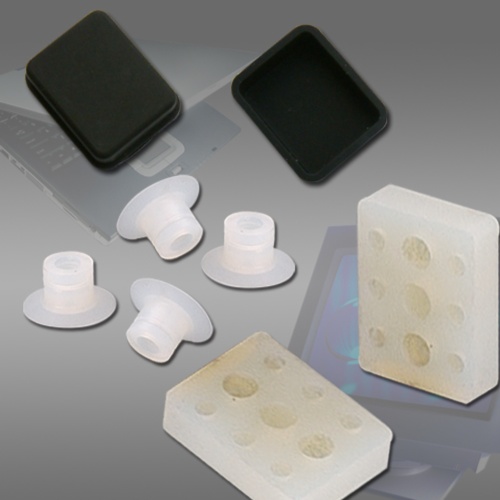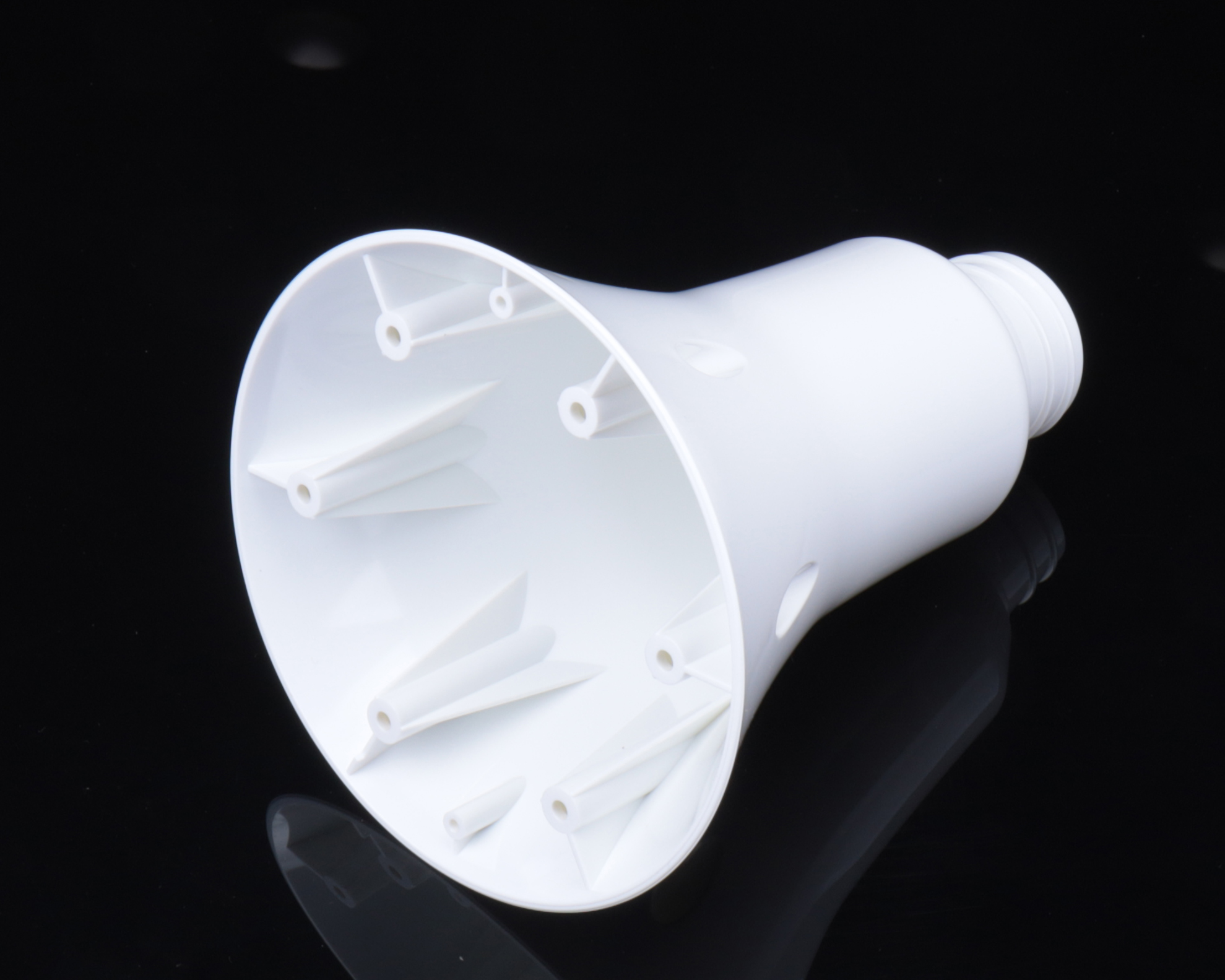電動車塑膠零件開發
 電動車塑膠零件開發電動車塑膠零件開發
電動車塑膠零件開發電動車塑膠零件開發
電動車塑膠零件的開發是一個涉及設計、工程和製造的綜合過程。以下是電動車塑膠零件開發的一般步驟和相關考慮因素:
需求分析:首先,需要明確電動車塑膠零件的需求和功能。這包括零件的目的、安裝位置、材料要求、外觀和尺寸等。
設計和原型製作:根據需求,進行電動車塑膠零件的設計。使用電腦輔助設計(CAD)工具進行3D建模,確定零件的幾何形狀和結構。然後,通過3D打印或其他快速原型技術製作實際零件樣品,以進行功能和適配性的驗證。
材料選擇:根據零件的特定需求,選擇適合的塑膠材料。考慮材料的力學性能、耐久性、溫度穩定性、化學腐蝕性、電氣絕緣性能和可持續性等因素。
工程設計和模具製作:在設計過程中,考慮到零件的製造可行性和生產效率。工程師根據設計要求進行詳細的工程設計,並製作出用於塑膠注塑成型的模具。
塑膠注塑成型:利用塑膠注塑成型技術,將塑膠材料注入模具中,使其充填並形成所需的零件形狀。注塑成型過程中需要考慮注塑壓力、溫度控制、冷卻時間等參數,以確保零件的質量和一致性。
零件測試和驗證:製造出來的塑膠零件需要進行測試和驗證,以確保其符合設計要求和性能指標。進行物理、力學、耐久性和耐環境測試等,並對其功能性、適配性和耐久性進行評估。
量產和供應鏈管理:一旦零件的設計和製造經過驗證,可以進行量產和供應鏈管理。確保生產過程的穩定性和品質控制,以及及時的交付和供應。
在電動車塑膠零件的開發過程中,需要密切合作的團隊包括設計師、工程師、模具製作商、塑膠製造商和測試機構等。藉由有效的協作和技術支持,能夠開發出符合電動車需求的高品質塑膠零件。
當然!以下是更多關於電動車塑膠零件開發的相關信息:
成本效益和可持續性:在電動車塑膠零件的開發過程中,需要考慮成本效益和可持續性。選擇適當的材料和製程,以降低生產成本並減少對環境的影響。
模擬和分析:利用計算機模擬和分析工具,如有限元分析(FEA)、流體動力學模擬等,來預測零件的性能和行為。這可以幫助設計師優化零件的結構和性能,減少實際測試的成本和時間。
品質控制和認證:在電動車塑膠零件的開發過程中,需要確保品質控制和符合相關的認證標準。這包括ISO 9001品質管理體系認證和相關行業標準,如汽車行業的IATF 16949等。
持續改進和創新:電動車技術和市場需求不斷演進,因此在電動車塑膠零件的開發中,需要保持持續改進和創新的態度。與供應商和技術合作夥伴密切合作,跟踪行業趨勢,並不斷尋求新的材料、設計和製造方法。
循環經濟和回收利用:考慮塑膠零件的循環經濟和回收利用,以減少廢棄物的產生和對資源的消耗。設計零件時要考慮易於拆卸和回收的結構,並鼓勵塑膠零件的再生利用和再加工。
電動車塑膠零件的開發需要綜合考慮設計、工程、製造和環境等多個因素。這需要團隊間的緊密合作,以確保開發出符合性能、品質、成本和可持續性要求的塑膠零件。
Development of plastic parts for electric vehicles Development of plastic parts for electric vehicles
The development of plastic parts for electric vehicles is a comprehensive process involving design, engineering and manufacturing. The following are general steps and related considerations for the development of plastic parts for electric vehicles:
Demand analysis: First, the needs and functions of electric vehicle plastic parts need to be clarified. This includes the purpose of the part, mounting location, material requirements, appearance and dimensions, etc.
Design and prototyping: Design electric vehicle plastic parts according to needs. Use computer-aided design (CAD) tools for 3D modeling to determine the geometry and structure of the part. Actual part samples are then produced via 3D printing or other rapid prototyping technologies for verification of functionality and fit.
Material selection: Select the appropriate plastic material according to the specific needs of the part. Consider factors such as the material's mechanical properties, durability, temperature stability, chemical resistance, electrical insulation properties and sustainability.
Engineering design and mold making: During the design process, the manufacturing feasibility and production efficiency of the part are taken into consideration. Engineers conduct detailed engineering design based on design requirements and create molds for plastic injection molding.
Plastic injection molding: Using plastic injection molding technology, plastic material is injected into the mold to fill it and form the desired part shape. Parameters such as injection pressure, temperature control, cooling time, etc. need to be considered during the injection molding process to ensure part quality and consistency.
Part testing and verification: Manufactured plastic parts need to be tested and verified to ensure they meet design requirements and performance specifications. Conduct physical, mechanical, durability and environmental resistance tests, etc., and evaluate their functionality, fit and durability.
Volume production and supply chain management: Once the design and manufacturing of a part has been verified, volume production and supply chain management can proceed. Ensure the stability and quality control of the production process, as well as timely delivery and supply.
In the development process of electric vehicle plastic parts, teams that need to work closely include designers, engineers, mold makers, plastic manufacturers and testing institutions. Through effective collaboration and technical support, high-quality plastic parts that meet the needs of electric vehicles can be developed.
certainly! Here is more information about the development of plastic parts for electric vehicles:
Cost-effectiveness and sustainability: Cost-efficiency and sustainability need to be considered during the development of plastic parts for electric vehicles. Select appropriate materials and processes to reduce production costs and environmental impact.
Simulation and analysis: Utilize computer simulation and analysis tools such as finite element analysis (FEA), fluid dynamics simulation, etc. to predict part performance and behavior. This can help designers optimize the structure and performance of parts, reducing the cost and time of actual testing.
Quality control and certification: During the development process of electric vehicle plastic parts, quality control and compliance with relevant certification standards need to be ensured. This includes ISO 9001 quality management system certification and related industry standards, such as IATF 16949 for the automotive industry.
Continuous improvement and innovation: Electric vehicle technology and market demands continue to evolve, so it is necessary to maintain an attitude of continuous improvement and innovation in the development of plastic parts for electric vehicles. Work closely with suppliers and technology partners to track industry trends and continually seek new materials, designs and manufacturing methods.
Circular economy and recycling: Consider the circular economy and recycling of plastic parts to reduce waste generation and resource consumption. When designing parts, consider structures that are easy to disassemble and recycle, and encourage the recycling and reprocessing of plastic parts.
The development of plastic parts for electric vehicles requires comprehensive consideration of multiple factors such as design, engineering, manufacturing and environment. This requires close collaboration between teams to ensure that plastic parts are developed that meet performance, quality, cost and sustainability requirements.
